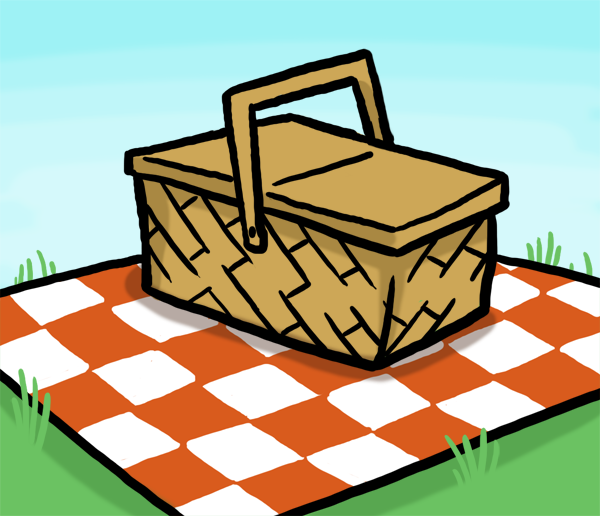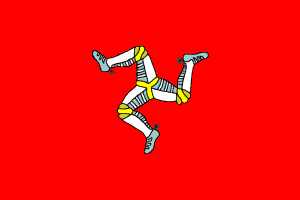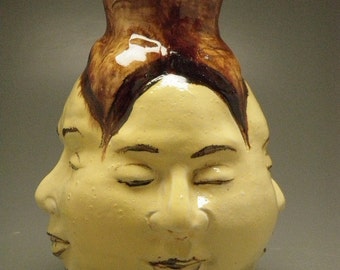Personal Pronouns’
Photo Shoot
In KS2,the new DfE POS expects young learners to.....
"understand basic grammar appropriate to the language being studied, including(where relevant): feminine, masculine and neuter forms and the conjugation of high-frequency verbs; key features and patterns of the language; how to apply these, for instance, to build sentences; and how these differ from or are similar to English."
Here we are considering physiical and expressive ways to explore and internalise the meanings and use of the personal pronouns we require when working with verbs.
Personal pronouns refer to the person or other people and things doing the action/ controlling the choice of verb ending.
Young learners need to play with these personal pronouns to
understand their role in sentences and how they are the “trigger” that
generally changes the ending (spelling) of the verb stem.
This is an activity for learners who have reached the stage
in their use of present tense verbs in simple communication (such as questions
and answers about themselves), when you think it is time to focus on the
personal pronouns and how these alter the meaning of a question or answer.
Participating in physical activities and performance has
always helped my learners to internalise the key personal pronouns and to want
to learn the meanings of the new words in the target language.
Below is a sequence of activities that lead to a “Photo
Shoot” as if the children are models posing for the camera in a real photo
shoot .There is some groundwork that has to be done first …in any
good photo shoot, preparation is key!
A note for the language teacher!
Personal pronoun word choices are different depending on the
target language.In French the word for "they" depends on whether it’s a masculine,
mixed or feminine plural personal pronoun (ils/ils/ells) and in German there
are three different meanings of the same sounding personal pronoun -sie(she),sie (they) and Sie (you when you are being polite).In Spanish we do not always
use specific words for the personal pronouns when we form the verb.The meaning of the verb in Spanish is contained
in the ending change on the verb stem.
However all the language learners need to know that the sound of the
spoken verb and spelling of the written verb in the target language is dependent on the personal pronoun used
when creating the message in our heads.
It's good therefore to start the physical activities below in English with our own target language
pronouns first.You can discuss with the children the meaning of the pronouns in
English.
Once the children are comfortable with personal pronouns in English
then we develop the “Personal Pronoun Photo Shoot” in the target language.
Steps to a successful photo shoot
Revisit
and recall the personal pronouns in English.
Create symbols using stick men to simply represent the personal pronouns (I,you,he,she,it, we, you plural, they).Share your flip chart stick man pose sketches with the
children.
Here are mine. I have divided them into singular personal pronouns stick men symbols :
plural personal pronouns stick men symbols:
Ask the children with a talking partner to discuss which personal
pronoun each stick man pose represents?
Now reveal your personal pronoun labelling. Where they correct?
A photographic record
Ask children to come to the front and strike a pose of a
target language personal pronoun . Ask the class to take imaginary photos on
their heads of these poses- just like they were real photographers keeping a
record.
Strike the pose
Divide your class on to groups of four – two boys and two
girls. They are now a team. In a large space, in the play ground or if it’s
possible in your classroom play a game of “Stop! Go! Strike the pose!”.Ask the
children to walk around the classroom when they hear “Go!” and to find their team members and stand still
when they hear “Stop”” and then as a team to strike the pose of the personal pronoun they
hear!Pause and hold and then start the game again.
Now add an element of
competition.Last time to take the pose is out!Who will be the last team
standing and the best team to strike the poses?
Photo shoot producers
Now two groups of four children must work together. Working
with the second group, can the first group become the producers of a photo
shoot? Make sure the stick men symbols and labels are clearly visible at the
front of the classroom for reference). Each child takes it in turns to call a pronoun and the
other group must strike the pose .Swap roles so that the second group are now
the producers.Share the photo shoot
performances with the class-ask each group of producers to select what they think are their best two shots.
Frame the photo
shoot!
Finally back in their original groups ask each group to
create a sequence of “photo shoots” to depict the personal pronouns they have
been practising.
Why not create a photo shoot gallery?Take real photos – one
from each group of children (their best shot perhaps?) that can then be labelled
with the correct personal pronoun and be in the classroom on display as part of their photo shoot for
future reference!




























































